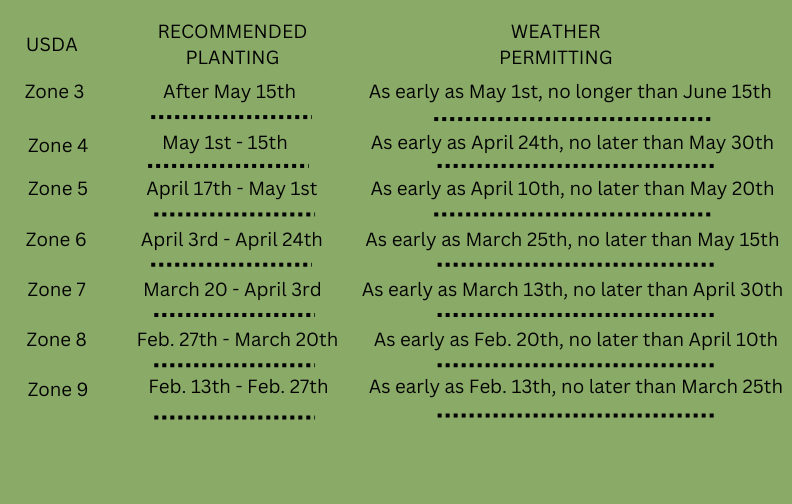| Quantity | Price |
| 1-9 | $15.50 |
| 10 + | $14.95 |
From the University of Saskatchewan, has large, powdery blue with an elongated, slightly tapered shaped berries. The stem scar is dry with high quality fruits and excellent choice for fresh or frozen. The berries are longer than wide with an average berry weight 1.9 grams. The flavor of fruits is regarded as sweet when ripe. The plants grow upright to six feet tall with a width of 3 feet. Early to Mid-Bloom Time.






